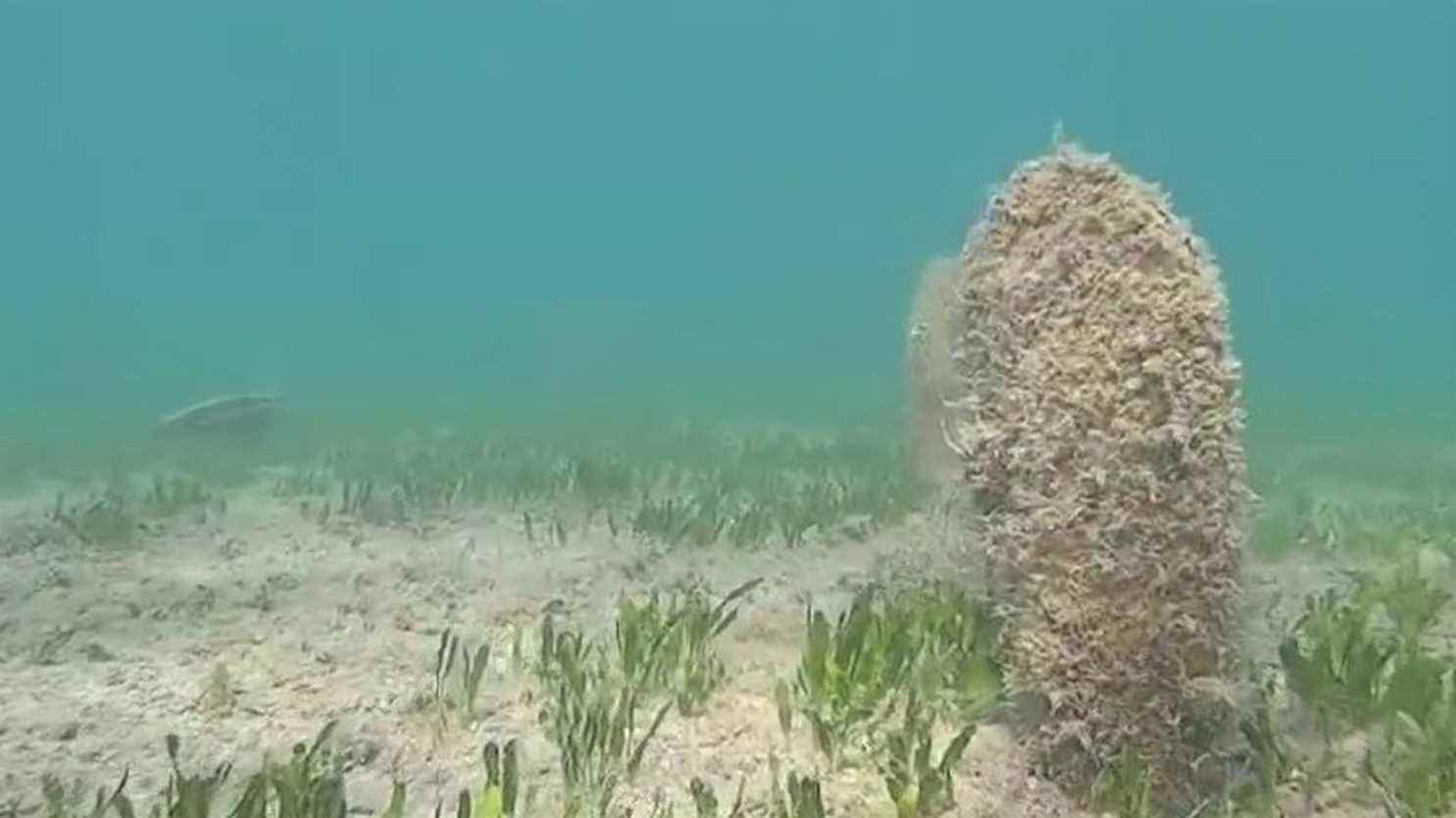Published
Update
Article written by

The seas are full of treasures. Among them, the great mother-of-pearl, whose filaments were used in antiquity to make gold fabrics that adorned clothing. The species is now threatened and protected. Report from Sardinia, Italy.
The mother-of-pearl, the second largest shell in the world, is emblematic of the Mediterranean. It lives vertically, as if planted in sandy bottoms. It is now endangered. In five years, a killer parasite has decimated a large part of the molluscs. “The easiest way to know if the nacre is dead or alive is to stroke it lightly. If it is alive, it will close. This one is dead, like 90% of the whole species”says a diver.
The funds close to Sardinia are historically a sanctuary of the great mother-of-pearl. “The pinna nobilis is a species considered by international scientists to be in a critical situation, and ultimately dangerous”, says Piero Addis, biologist and professor at the University of Cagliari (Italy). The shell indeed participates actively in the filtration of the waters close to the Sardinian shores.
Its disappearance would also entail the disappearance of a historical tradition. In a small village in Sardinia, Chiara Vigo, master spinner, is one of the last to know how to weave the byssus, the material extracted from the fibers of the large mother-of-pearl. She transforms the filaments into sea silk, a millennial art of Middle Eastern origin, and passed down in his family from weaver to weaver.
